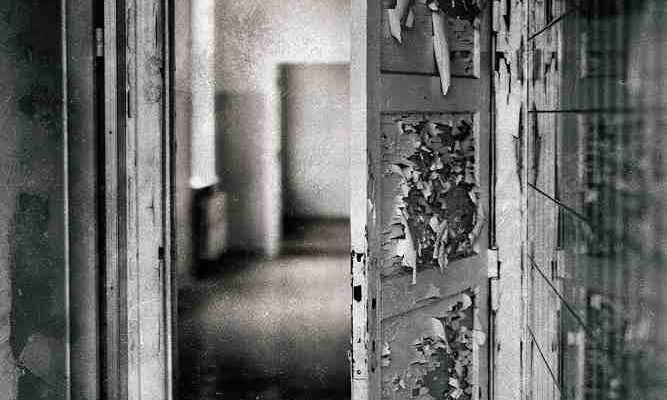The removal of mold can vary greatly from company to company. Hence, the reason for EPA guidelines and IICRC standards. First of all, at Mold Kansas City.com, we emphasize quality and safety first of all. Therefore, our certified mold professionals have the training and experience to follow these steps thoroughly. Also, our company carries additional insurance, including environmental coverage and specifically covering property or personal injury as a result of mold removal. We believe in educating our customers, the following is a copy of the EPA guidelines for mold removal.
Level I – 10 Square Feet or Less
- REMOVAL – by an adult individual, in good health, and with no compromises to their immune system
- MAX AREA – 10 square feet
- PERSONAL PROTECTION – wear respiratory protection, such as N-95 disposable respirator. Wear gloves and eye protection.
- OCCUPIED – the work area should be unoccupied. Removing people from spaces next to the work area is not necessary. However, infants and the elderly do need to be removed. Also, those with compromised immune systems.
- DISPOSAL – remove contaminated materials from the building in a sealed trash bag and dispose of.
- CLEANING – clean all surfaces in contaminated areas thoroughly with soap & water. Finally, dispose of all rags or sponges used. Also, the area is to be dry and visibly free of contamination and debris.
Level II – 10 to 30 Square Feet
- REMOVAL – by a professional, certified remediation company
- PERSONAL PROTECTION – wear respiratory protection, such as N-95 disposable respirator. Wear gloves and eye protection.
- OCCUPIED – the work area should be unoccupied. Removing people from spaces next to the work area is not necessary. However, infants and the elderly do need to be removed. Also, those with compromised immune systems.
- DISPOSAL – remove contaminated materials from the building in a sealed trash bag and dispose of.
- CLEANING – Cover surfaces in work area with sheets of plastic and tape in place. Do this prior to any remediation process to prevent further contamination. Dust suppression methods, such as misting (not soaking) surface before remediation. Clean all small debris with the use of a specialty HEPA vacuum. Also, the area is to be dry and visibly free of contamination and debris.
Level III – 30 to 100 Square Feet
- REMOVAL – by a professional, certified remediation company with experience and good reviews. Acknowledges and adheres to EPA guidelines for mold removal
- PERSONAL PROTECTION – professional-grade half-face respirators with P100 particulate filters. Wear a hazmat suit, gloves, and eye protection.
- OCCUPIED – the work area and surrounding areas should be unoccupied.
- DISPOSAL – remove contaminated materials from the building in a sealed trash bag and dispose of.
- CLEANING – Cover surfaces in work area with sheets of plastic and tape in place. Do this prior to any remediation process to prevent further contamination. Dust suppression methods, such as misting (not soaking) surface before remediation. Clean all small debris with a specialty HEPA vacuum. Clean all small debris with the use of a specialty HEPA vacuum. Also, the area is to be dry and visibly free of contamination and debris.
Level IV – 100+ Square Feet *EPA Compliance Required
- REMOVAL – by a professional, certified remediation company with experience and good reviews. Project managed by an on-site supervisor who is certified and experienced in mold removal. Professionals who follow these EPA guidelines and IICRC standards.
- PERSONAL PROTECTION – professional-grade full-face respirators with P100 particulate filters. Hazmat, disposable protective suits, covering the entire body including the head, shoes, and hands. Tape the ankle and wrist to prevent any skin exposure.
- CONTAINMENT – containment Barrier built around the affected area. Complete isolation of the work area. Seal off any vents or openings. The containment barrier must be under negative pressure. The use of air scrubbers with professional-grade HEPA filtration for a minimum of 24 hours.
- OCCUPIED – the work area and surrounding areas should be unoccupied for a minimum of 3 days to allow for thorough air cleaning.
- DISPOSAL – remove contaminated materials from the building in a sealed trash bag and dispose of.
- CLEANING – Cover surfaces in work area with sheets of plastic and tape in place. Do this prior to any remediation process to prevent further contamination. Dust suppression methods, such as misting (not soaking) surface before remediation. Clean all small debris with the use of a specialty HEPA vacuum. Also, the area is to be dry and visibly free of contamination and debris.
